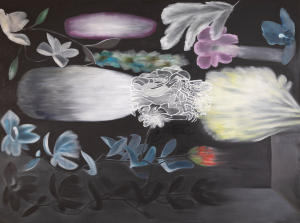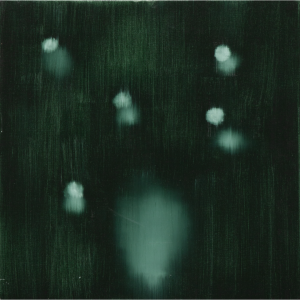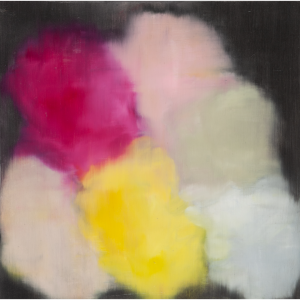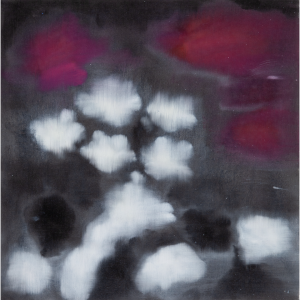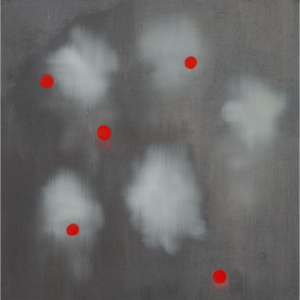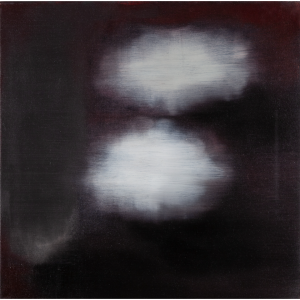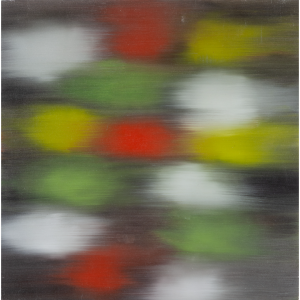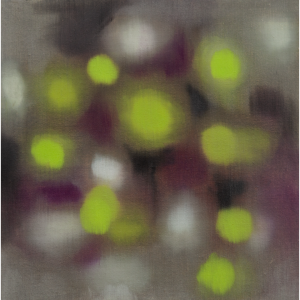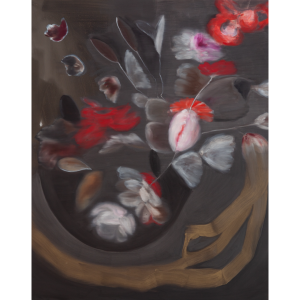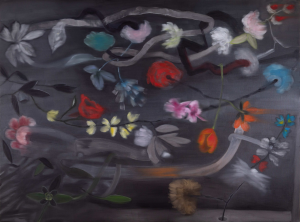ARTIST / Artist
ROSS BLECKNER
ROSS BLECKNER
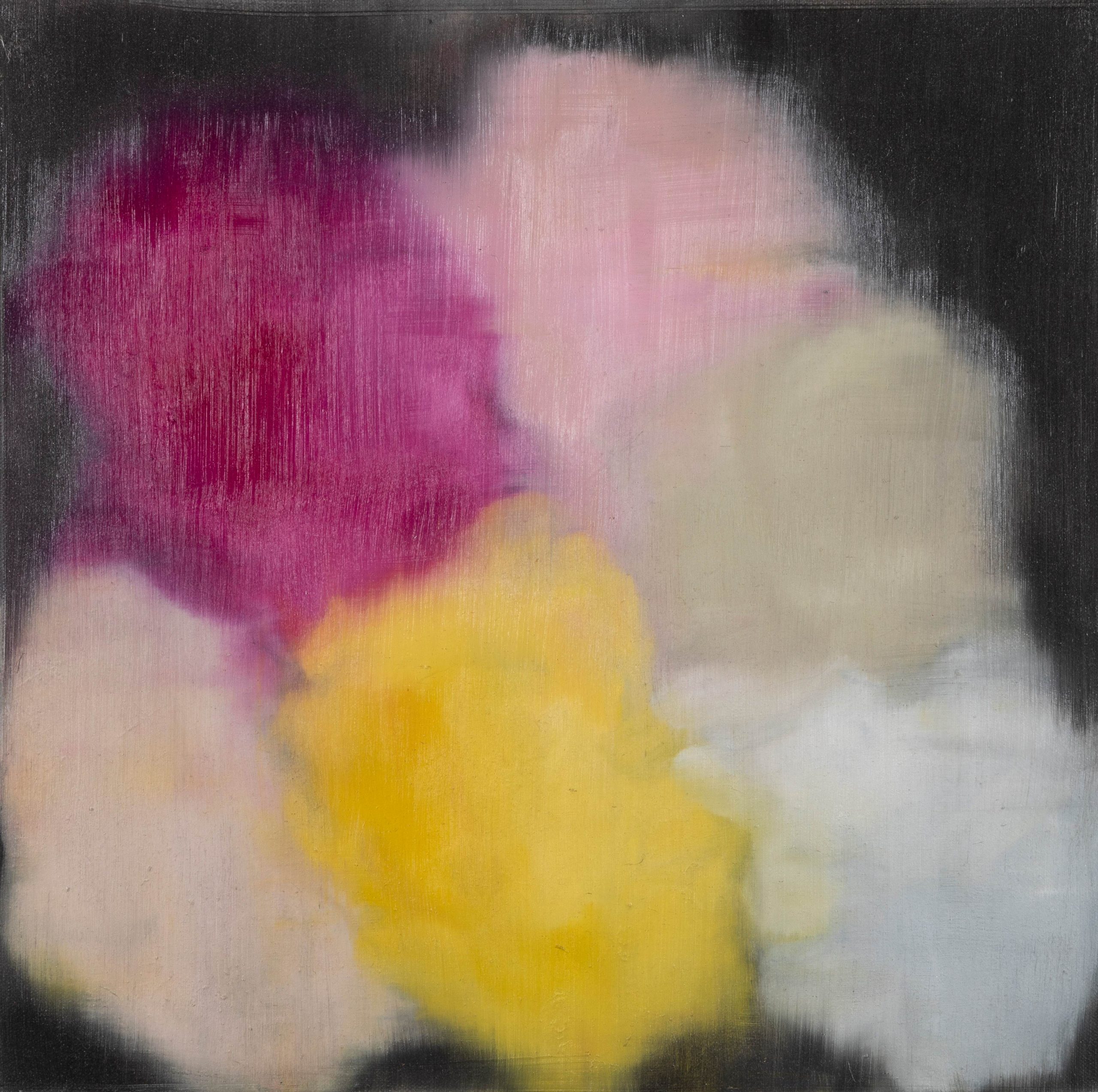
Ross Bleckner, a prominent figure in New York during the AIDS crisis of the 1980s, explores themes of change, loss, and memory in his art, often reflecting on the body, health, and disease, similar to memento mori. His work highlights the fragility of the human body, symbolizing it as a delicate barrier between life and disaster. Using abstract forms like stripes and dots, as well as representational images of birds, flowers, and brains, Bleckner’s multicolored, volumetric circles—often resembling microscopic blood droplets or molecules—create a hypnotic effect against dark backgrounds.
Bleckner made history as the youngest artist to have a mid-career retrospective at the Guggenheim Museum at 45. His works are housed in major museums like MoMA, the Whitney Museum, and the Guggenheim, along with international institutions such as the San Francisco Museum of Modern Art, Reina Sofia, and Kunstmuseum Luzern. His art frequently addresses human vulnerability, inspired by the AIDS epidemic, and extends beyond the studio into activism and alternative therapies.
Starting his career in 1975, Bleckner’s large-scale works, from early abstract pieces to his later symbolic works, evoke universal themes of loss and transformation. His Flower series commemorates those lost to AIDS, ensuring their memory lives on.

